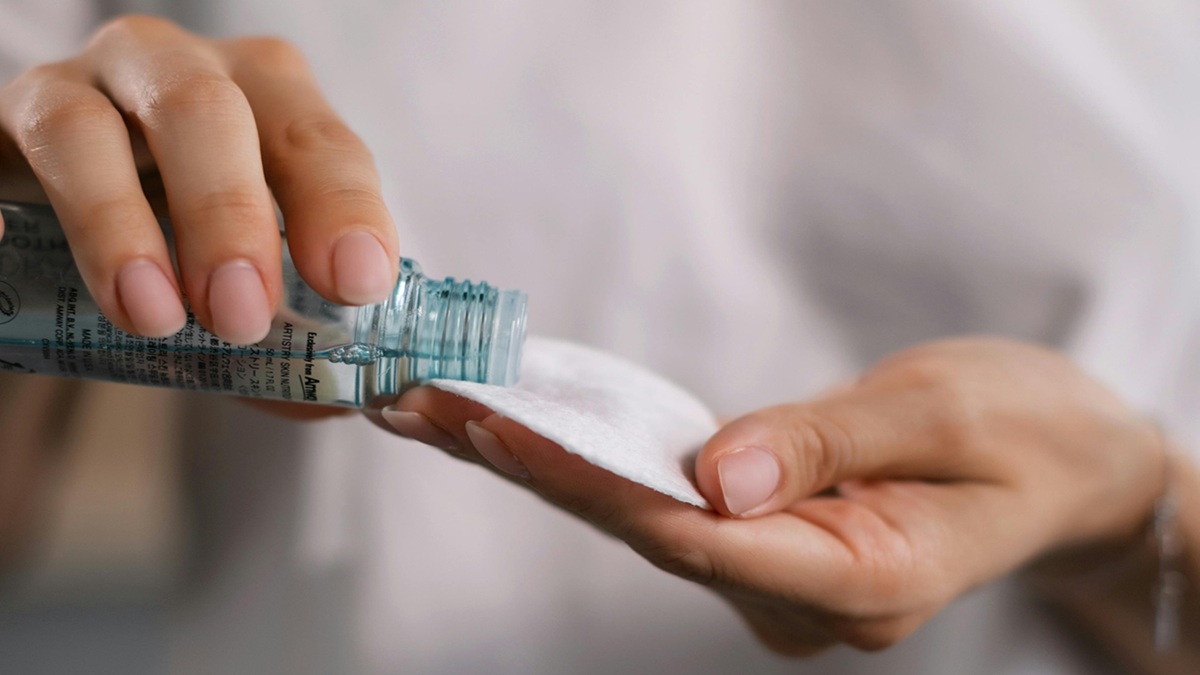As skincare routines become increasingly refined, makeup removal products are no longer secondary tools used solely for eliminating cosmetics. Instead, they have become the first line of defense for skin health, anti-irritation performance, and the sensory experience of daily rituals. The material composition and structural engineering of removal substrates—such as cotton pads, cleansing cloths, and wipes—are undergoing continuous optimization. The industry is shifting from simple absorbent functions toward advanced development that combines low friction, minimal residue, enhanced skin compatibility, and environmental sustainability.

Photo by https://www.pexels.com/zh-tw/photo/8989968/
From Absorptive Medium to Low-Friction Structural Design
In the global evolution of cleansing cloth technologies, structural designs originating from medical dressings and infant care fabrics are being widely adopted. Compared to traditional compressed cotton pads, cleansing substrates made with hydroentangled (spunlace), water-woven, or multi-layer composite nonwoven materials offer superior liquid retention and lower surface friction—while maintaining softness—thereby significantly reducing the risk of stratum corneum damage.
Traditional cotton pads, though highly absorbent, often require repeated wiping to remove high-adherence makeup such as waterproof foundation, sunscreen, or eye cosmetics. This repeated friction may cause irritation, micro-abrasions, or localized redness. The new generation of cleansing substrates prioritizes skin-friendly structural design, using interlaced fibers and low-friction surface finishes to enhance removal efficiency while minimizing physical stress on the skin.
Cleanroom Manufacturing and Material Safety: Adoption of Medical-Grade Quality Standards
As cleansing wipes are used around highly sensitive areas such as the eyes and lips, there is a growing demand for stringent control of microbial load, chemical residue, and allergenic substances. While many commercial makeup wipes and cosmetic cotton pads claim to be skin-friendly, they may still contain excessive preservatives, alcohol, or other potential irritants.
Manufacturers are now incorporating cleanroom-grade production environments and safety assurance systems that adhere to medical device standards. This shift ensures greater consistency in hygiene and material safety, aligning with regulatory frameworks for both skincare and clinical applications.
The Sustainability Shift: Washable and Biodegradable Materials in Focus
Driven by rising environmental awareness, brands and consumers alike are reevaluating the ecological footprint of single-use makeup removal pads. Washable, reusable cleansing cloths are emerging as sustainable alternatives that balance cleansing efficacy with eco-conscious design. On the manufacturing side, advanced nonwoven technologies—adapted from medical-grade production—are being used to develop substrates that feature high absorbency, low lint release, and biodegradability.
These materials support both dry and wet application modes and can be engineered in various thicknesses and formats based on specific use scenarios. As a result, medical-grade nonwovens are finding increasing relevance not only in healthcare but also in personal care and cosmetic applications.
Medical-Grade Standards Will Redefine the Threshold for Personal Hygiene Products
Makeup removal substrates—positioned at the intersection of cosmetics, cleansing, and skin protection—are undergoing a paradigm shift driven by advancements in manufacturing technology, regulatory expectations, and sustainability imperatives. Moving forward, manufacturers with expertise in medical textile development, cleanroom production, and material biocompatibility will play an increasingly strategic role in the global value chain of cleansing products. As cleansing substrates evolve from passive carriers to active participants in skin health management, a new era of technical rigor and functional refinement is unfolding.






.png)







